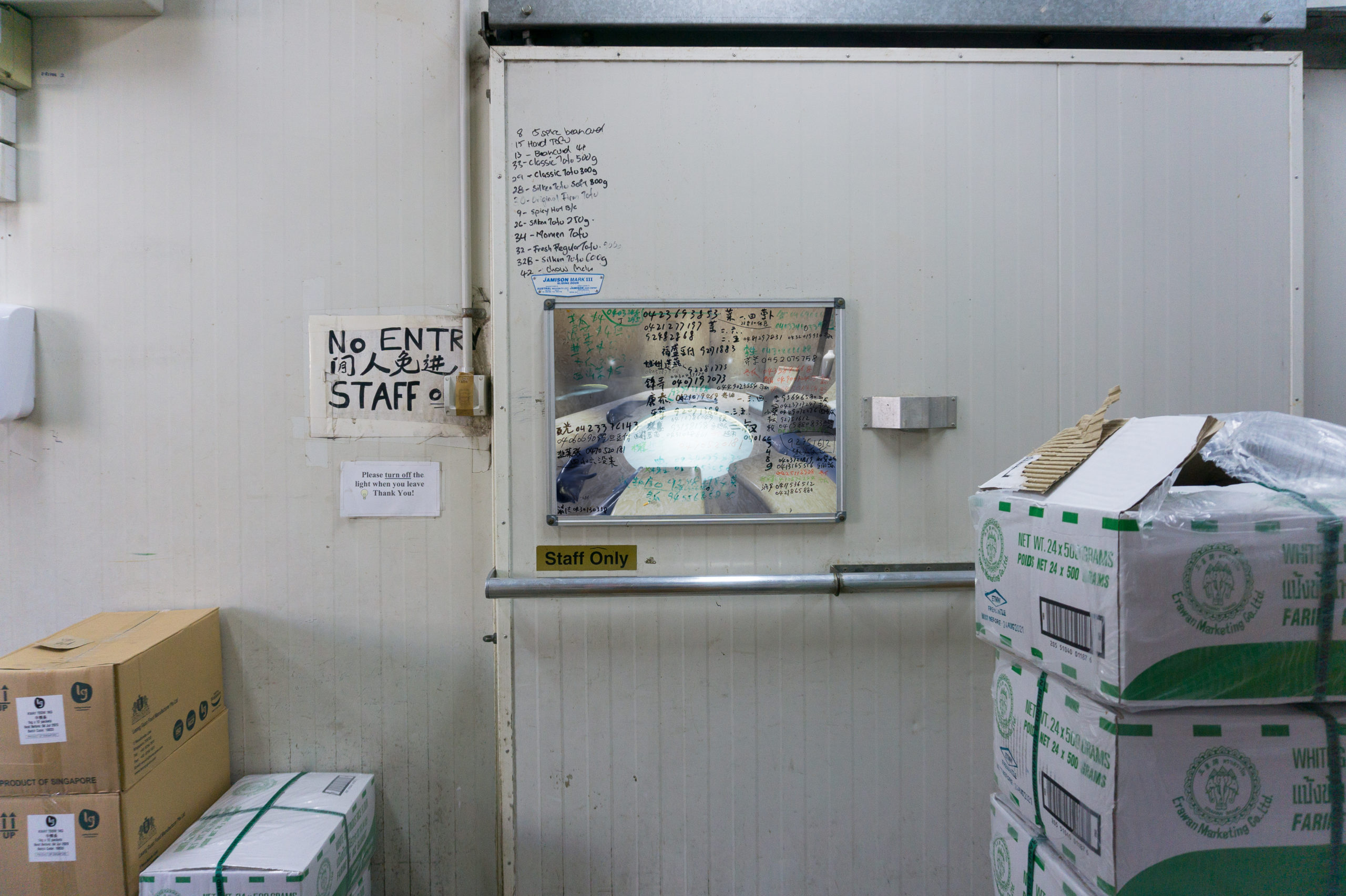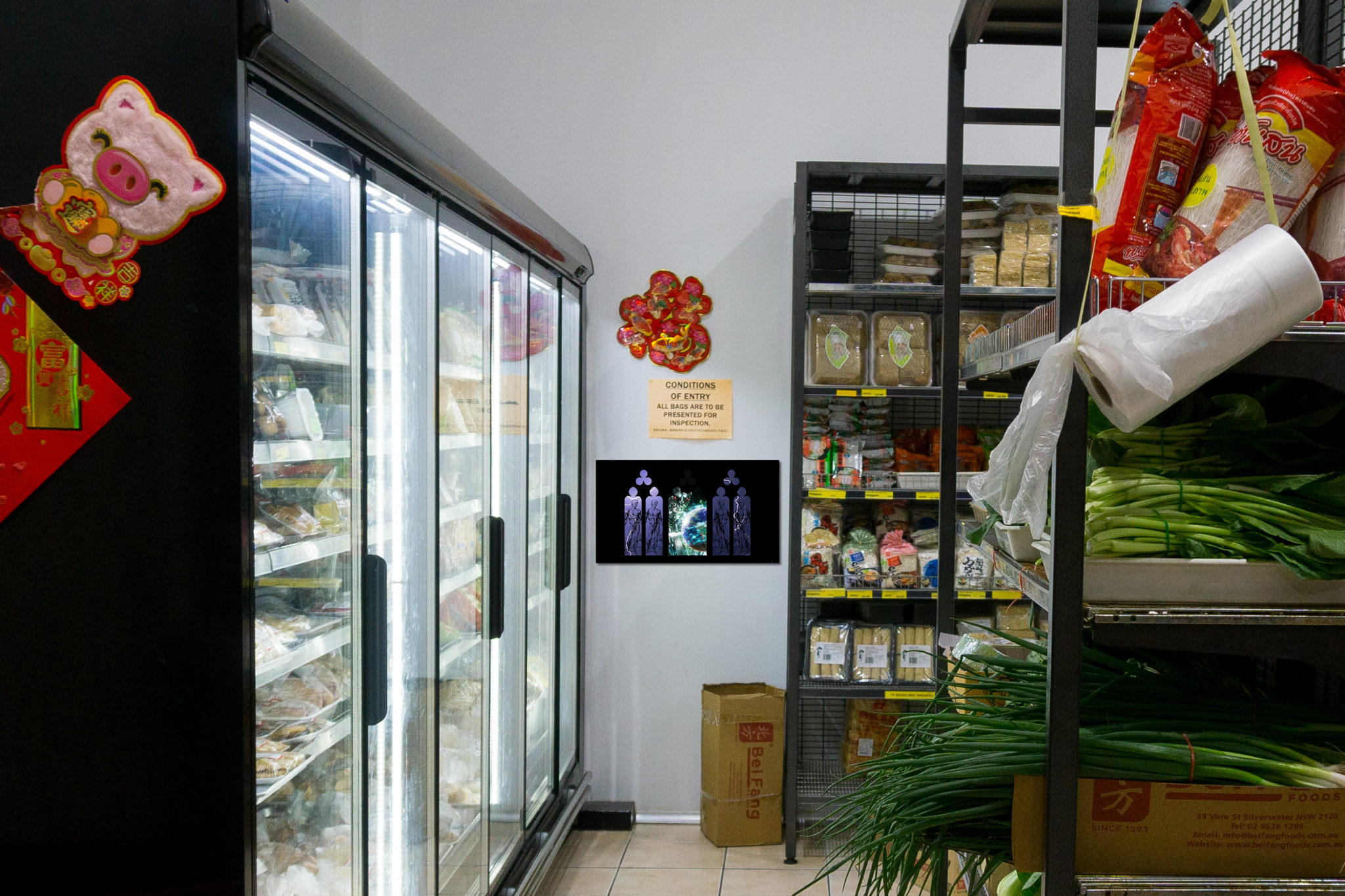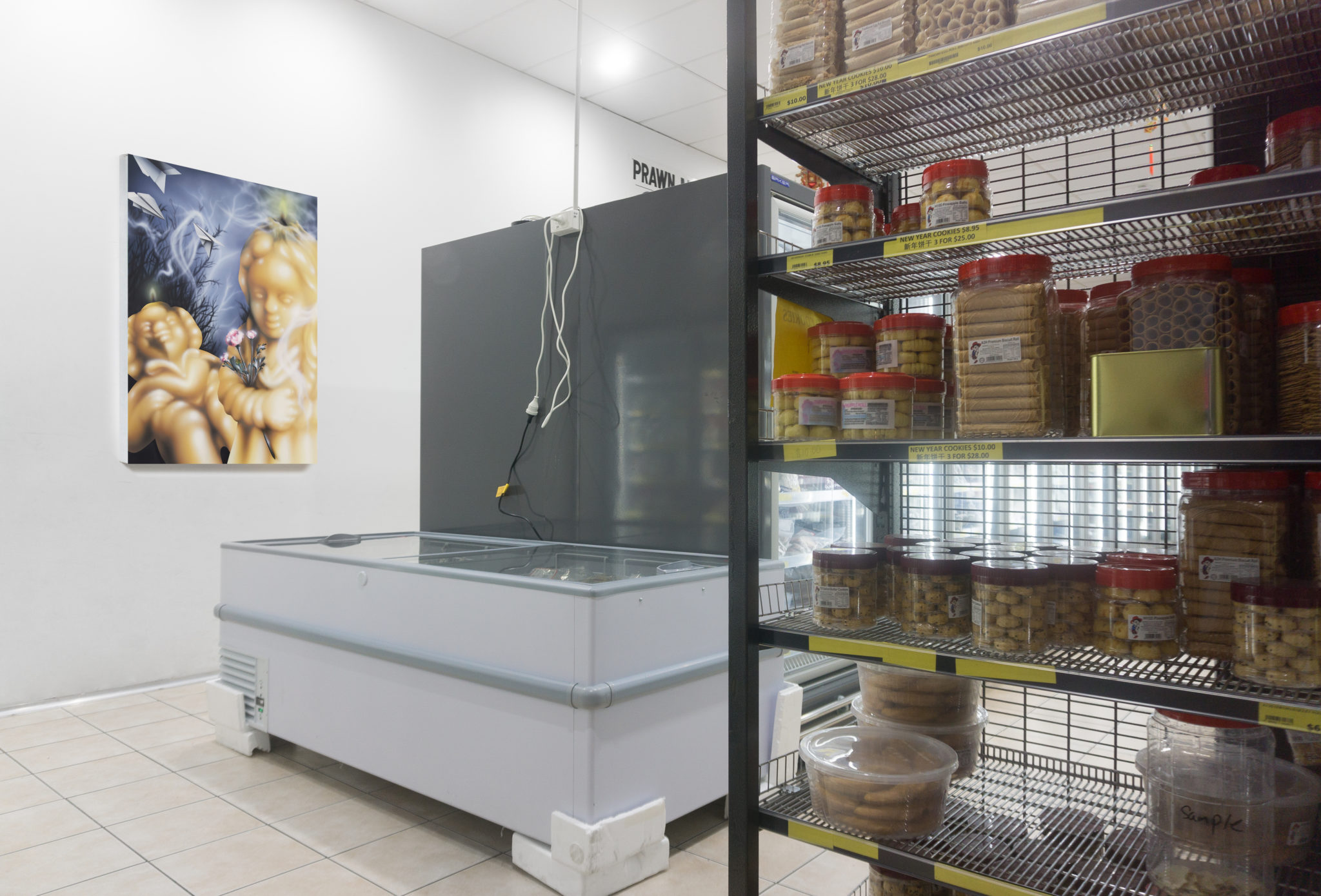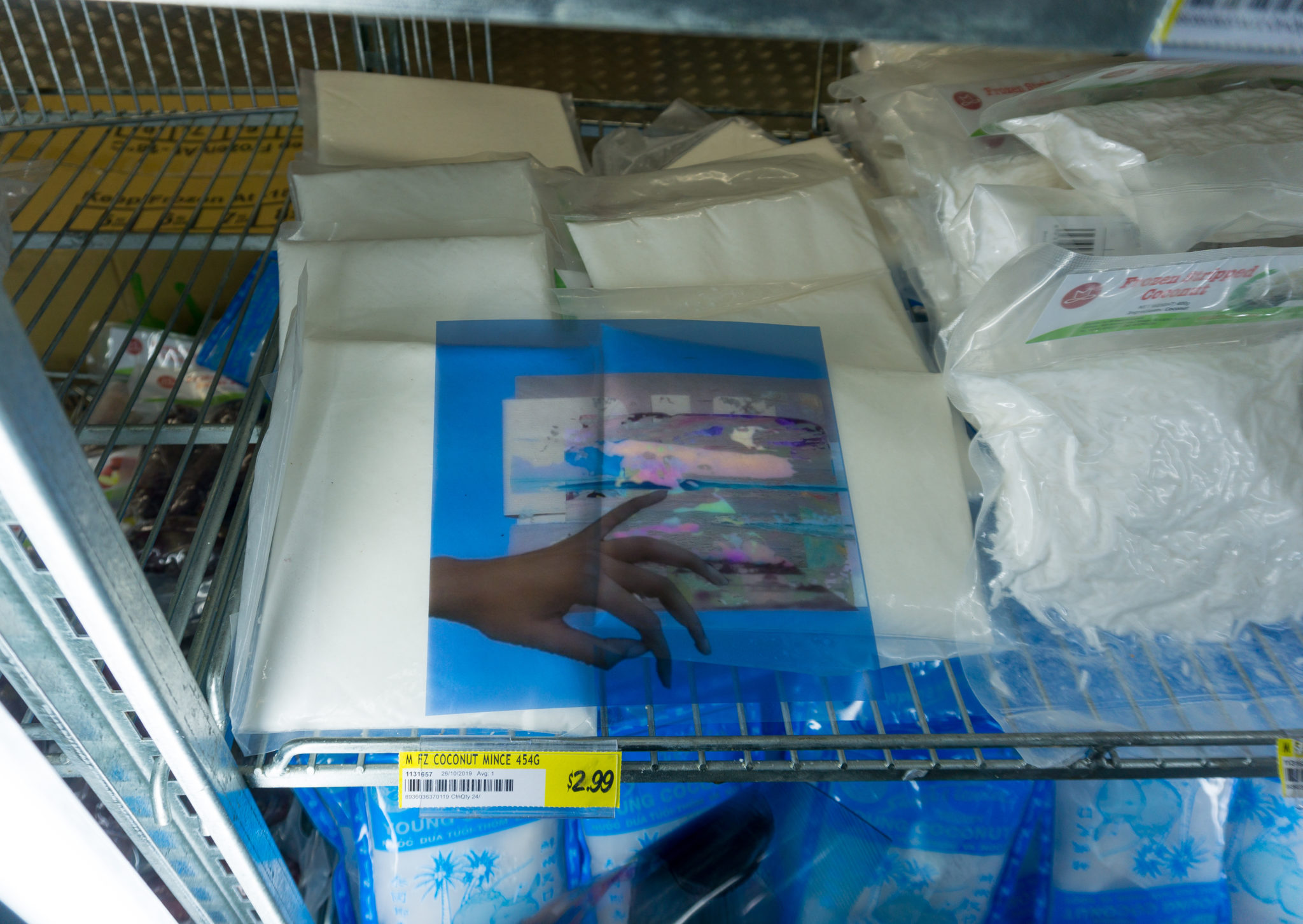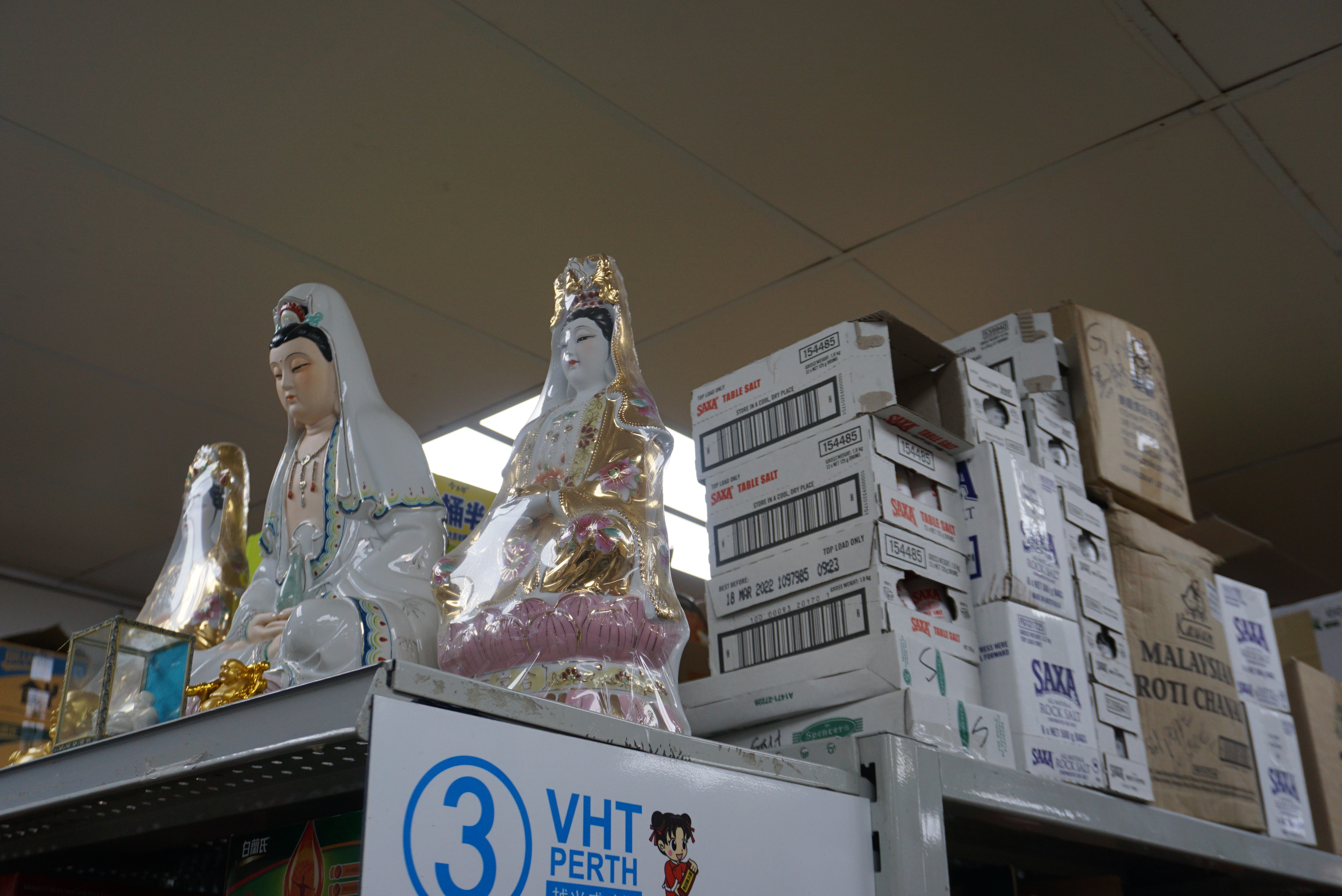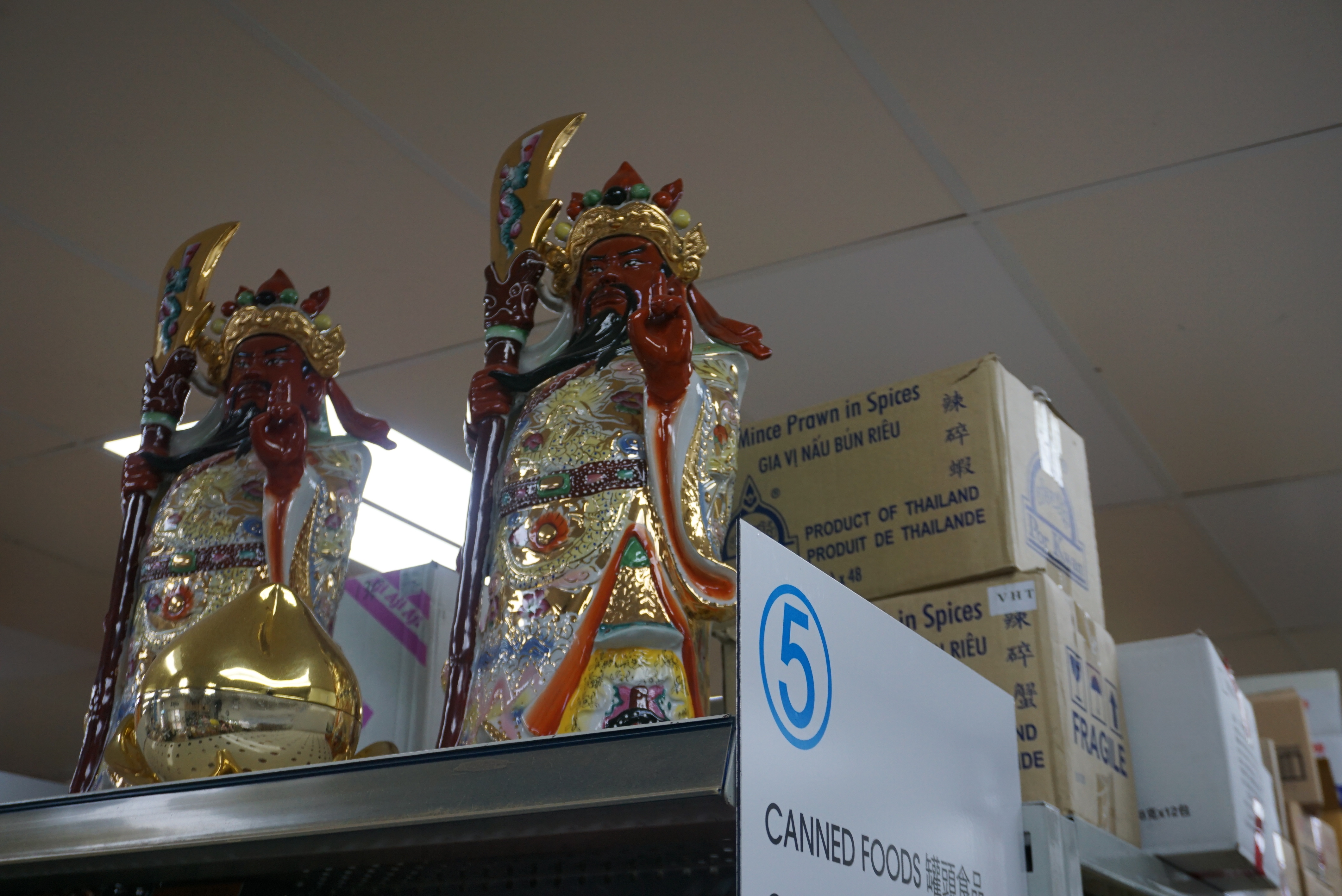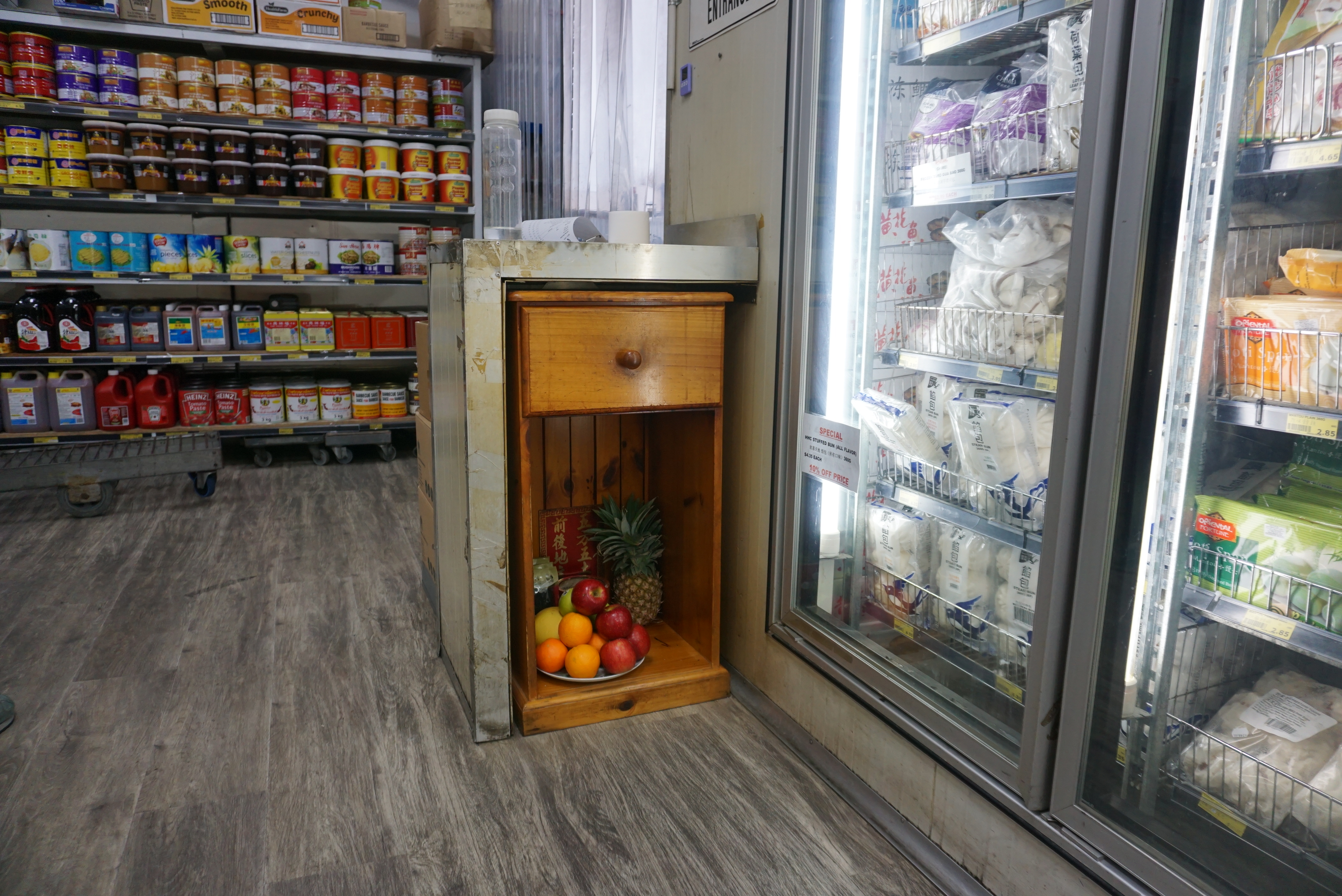Part 1: Proteinic Geontopower
In the third part of Ethics, Baruch Spinoza proposed that all things have conatus: an endeavour to persevere, to maintain themselves. He posited that humans as well as all other beings and things have the capacity to be affected, and that their potentials are unknowable. He questioned: what can a body do? And we can go further. Design and architecture writers Minh-Ha T. Pham and Léopold Lambert posit that: “contained within Spinoza’s question is the radical idea:
We not only don’t know what a body can do, but (…) we don’t even know what a body is.
Therefore, a Spinozan body is not necessarily even biological, or lively. It is any constitution brought into existence by material, social, and spatial encounters and forces.
By applying a Spinozan notion of a body to biopower, we can think about its operation beyond the boundaries of human bodies and even of life itself, dissolving the boundaries of bio-somas and beginning to appreciate agricultural forces as bodies of their own: being managed and managing, and coming into intimate contact with an unimaginably wide array of biological, atmospheric, corporate, and geological bodies.
We process economic/production webs within the guise of discreteness. As our cells, our bodies regenerate, they are doing so as cartographies of hyper-proteinic global food systems. Our cells metabolize health trends, international trade agreements and market crashes. They are queued by monoculture and excessive growth, beckoned towards monoproductivity. We act as translators, letting shards, dusts of intercontinental products enter our cellular networks as amino acids, insulin mimickers, and estrogens to maintain our seemingly discrete selves. We become extensions of an agricultural body: actively amplifying its effects while it become less and less traceable, hidden in its embodiment.
Miniaturization has turned out to be about power; small is not so much beautiful as pre-eminently dangerous.
At its miniaturized influence, the distinction between bodies becomes as porous as the distinction between countries that share agricultural production: like a viscous vegetable oil made from Indonesian palm oil, South American soybean oil, and Russian sunflower oil all bound inside a single-use Chinese container. Soy coaxes its way across strict border regulations and bodily passages. Travels across alibaba and grain-fed meats. Pushes, unrelenting and soft, transmuting its gargantuan force across materials, industries, and forms. We encounter neoliberal workings in our stomachs congealing as tofu, milk, our daily bread.
Part 2: the work of art in the age of globalized production
Instead of figuring technology as acting on bodies, we can imagine technology as working through bodies, intervening in the thoughts, actions, sights, sounds, and touch of humans. In The Work of Art, Walter Benjamin asks art to undo the alienation of the corporeal sensorium, to restore the instinctual power of the human bodily senses by passing them through new technologies.
The images of our perceptions and ideas, and the metaphors with which we are surrounded, can be conceived as ‘body-and image-space’ (Leib-und Bildraum) in which our reality is engendered.
The works presented here outstretch their material presences in time and space. Highly reproducible and without a sensible, pure “original”, their meanings are forged from their numerous social relations and spatial encounters. This de-corporalization of the image on one side of the screen is re-congealed as it’s consumed, digested, made sense of by multiple perceptual bodies; each discrete body brings with it an entire contextual world.
We consume media, we process images.
Classically valued art requires a central object to invest with capital-bound aura to inflate its value; the works here accrue value and meaning only by their intersection, their virtuality, in the collision of bodies. They are divorced from the structural integrity of the single artifact, body, intelligence or creator. Created responsively to trends (the sneaky aesthetic mainlines of Capital), yet resisting commercial value. Bound to history, but wary of its popular tales. Pursuing un-“natural” kinships, fundamentally compromised, maybe ecstatic.
These are slippery, impure works residing in a space of total aura, summoned into their multiple existences by layering, overlapping, and changing.
Here in the realm of total aura, we are what we eat: and the images we consume are adulterated bodies, admixed, nested and uncertain as the numerous multi-globalized components which comprise our household commodities and our dietary choices. It’s not by accident that these works (stretched beyond market valuation and created without commercial intent) find their home in a market, a knotted node of the overlapping bodies of commerce. In the “family-run” import store we see an ambiguous potentiality for non-standard reproduction and consumption. The small business as a site of virtuality contains a unique potency where small meets dangerous.
It represents a knotted, vibrating sinew of underbelly biopower, where uncertain logistics commune with gut-feel desires and traditions new and old.
The bodies contained herein (political, biological, spatial, familial, cultural, geographical, aesthetic) are fundamentally pessimistic. It is a generative sort of pessimism, one which refuses altogether the idealistic utopias of purity and structural integrity. Carving out an uncanny space of liberation from the market, we are also free from the pursuit of innocence. Our work takes our deeply damaged world as it comes, its ambiguous affects, dubious logistics and slippery contexts.
From these, we build our Eden.
1. exceprted from Proteinic Geontopower, Agustine Zegers (2019) 2. Léopold Lambert and Minh-Ha T. Pham. “Spinoza in a T-Shirt.” (2015) 3. Donna Haraway, “The Cyborg Manifesto.” (1985) 4. Sigrid Weigel, “Images: The Creaturely and the Holy” (2013)
5. excerpted from “Cybersurgery”, Julie Doyle (2007)
